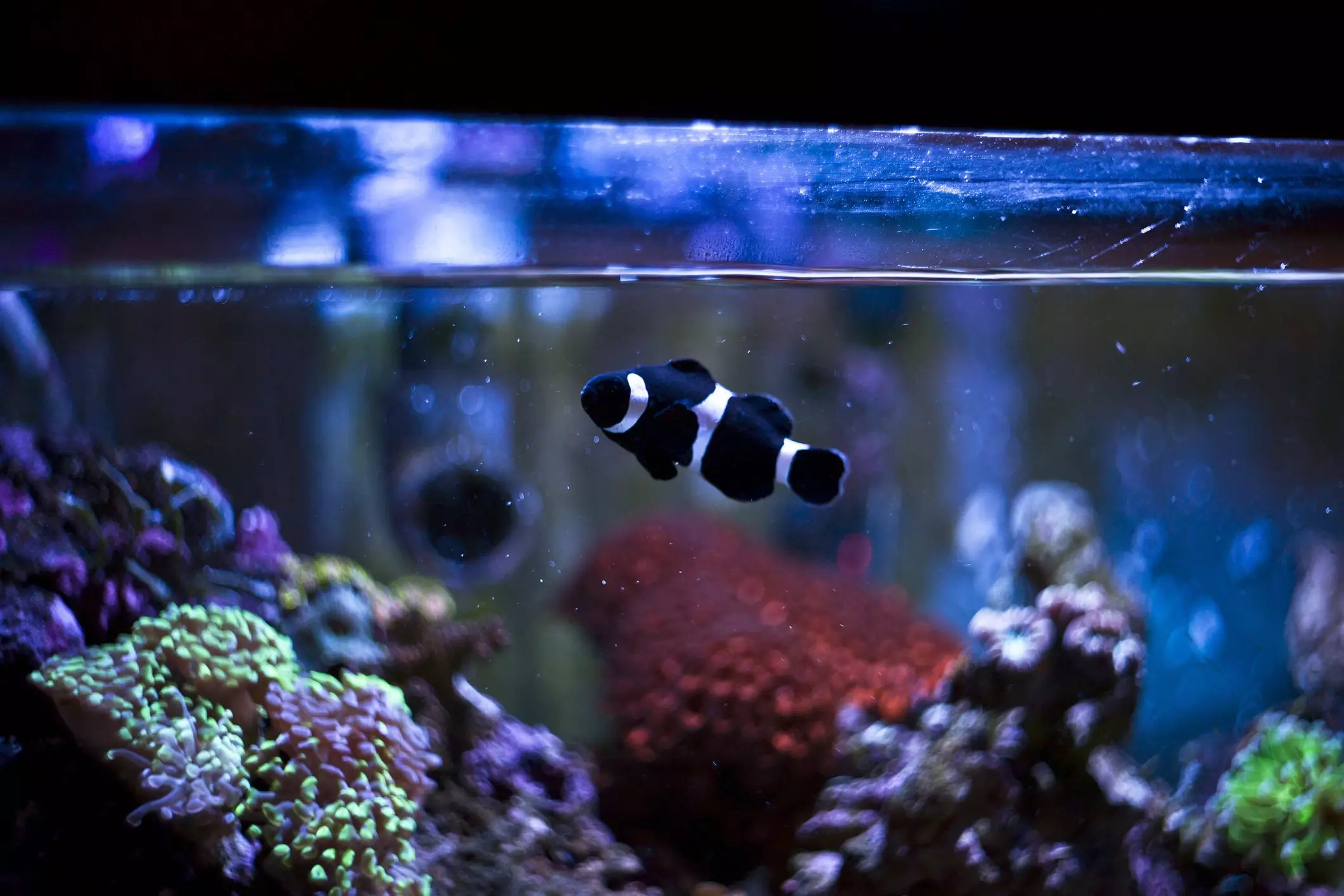Maintaining a healthy aquarium is a foundational aspect of successful fishkeeping. One of the common challenges that aquarists face is managing nitrate levels, particularly in established tanks. This phenomenon, often referred to as “old tank syndrome,” arises when routine maintenance is neglected and nitrate levels climb to potentially hazardous heights. Understanding how to effectively reduce nitrates is essential not only for the health of fish but also for the overall vitality of the aquarium ecosystem. This article will explore methods to reduce nitrate levels safely and effectively while considering the welfare of the tank’s inhabitants.
Nitrates are a product of the nitrogen cycle, which is crucial for maintaining a thriving aquarium environment. In this cycle, bacteria break down ammonia—produced primarily from fish waste—into nitrite and ultimately into nitrate. While nitrate can be nontoxic in freshwater environments, elevated levels, particularly in saltwater tanks with sensitive marine life, can become detrimental. Prolonged exposure to high nitrate levels can harm fish and invertebrates, leading to stress, illness, and even mortality. Thus, it becomes vital for aquarists to regularly monitor and manage these levels.
For freshwater aquariums, nitrate tolerance can reach 200 mg/L without immediate toxicity, but saltwater resolutely calls for strict levels beneath 20 mg/L. As aquarists may hesitate to perform water changes due to reshuffling salinity levels, a greater reliance on techniques to prevent nitrate accumulation becomes paramount.
The Importance of Regular Maintenance
One straightforward yet often overlooked strategy to manage nitrate levels is consistent aquarium maintenance. Regular water changes not only dilute nitrates but also improve water clarity and quality, which benefits the fish and plants. Establishing a routine allows aquarists to keep nitrate levels in a manageable state, ideally below harmful thresholds. The frequency of these changes will vary based on tank bioload, plant biomass, and feeding routines. As a general guideline, performing a 10-20% water change weekly can effectively control nitrate spikes.
However, caution is advised; drastic changes in water chemistry can shock fish and other inhabitants. Therefore, it’s wise to gradually adjust water parameters during maintenance to prevent sudden fluctuations.
When it comes to lowering nitrate concentrations, the method of water change becomes significantly important. Instead of smaller, frequent partial changes, a targeted strategy of larger, less frequent water changes can prove more effective in decreasing nitrate levels close to zero more rapidly.
For instance, a recommended approach involves reducing the water level to approximately 40% of the tank’s capacity before replenishing with fresh water. If the nitrate concentration is initially at 100 parts per million (ppm), this technique can efficiently lower it to 20 ppm with the first water change. Repeating this step ensures an exponential drop in nitrate levels, yielding results such as reducing a concentration from 100 ppm to as low as 5 ppm after a couple of rounds.
For those concerned about potential shock to the aquarium inhabitants, consider pacing the water changes. Space out these changes by a few days, allowing the biological systems within the tank to adjust gradually to the new environment.
Monitoring Water Parameters
Consistency in monitoring water parameters is crucial alongside any nitrate reduction strategy. Use reliable testing kits to measure both nitrate levels and pH. Elevated rates of nitrates can compound issues, so checking levels routinely becomes a key practice. A proactive approach to testing can prevent emergencies and facilitate timely actions, such as water changes.
When preparing for a water change, also assess the pH. Significant shifts in pH can be detrimental to fish. Maintaining pH stability can be achieved through gradual adjustments—using products designed for aquariums or simple household items like baking soda or softening agents.
Managing nitrate levels in an aquarium is an essential aspect of fishkeeping that requires consistent effort and knowledge. Whether through regular maintenance, appropriate water change techniques, or vigilant monitoring of water parameters, aquarists can create a stable and healthy environment for their aquatic life. By tending to the needs of each aquarium inhabitant, hobbyists not only enhance the longevity of their fish but also enrich the entire ecosystem within the tank. Educational awareness of nitrate management will foster responsible aquarium practices, ensuring both the hobbyist and their aquatic friends thrive together.


Leave a Reply